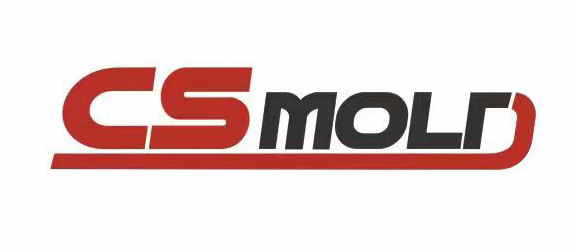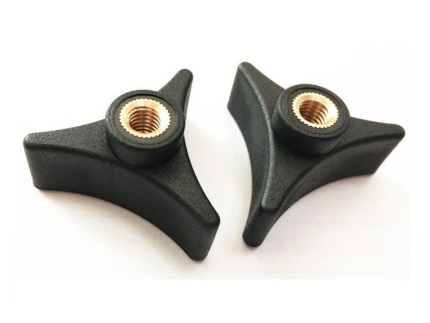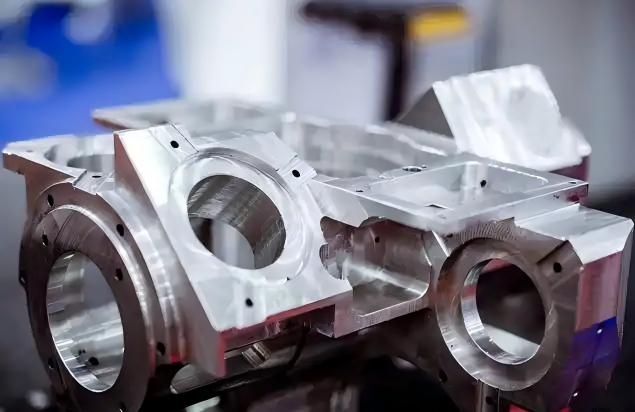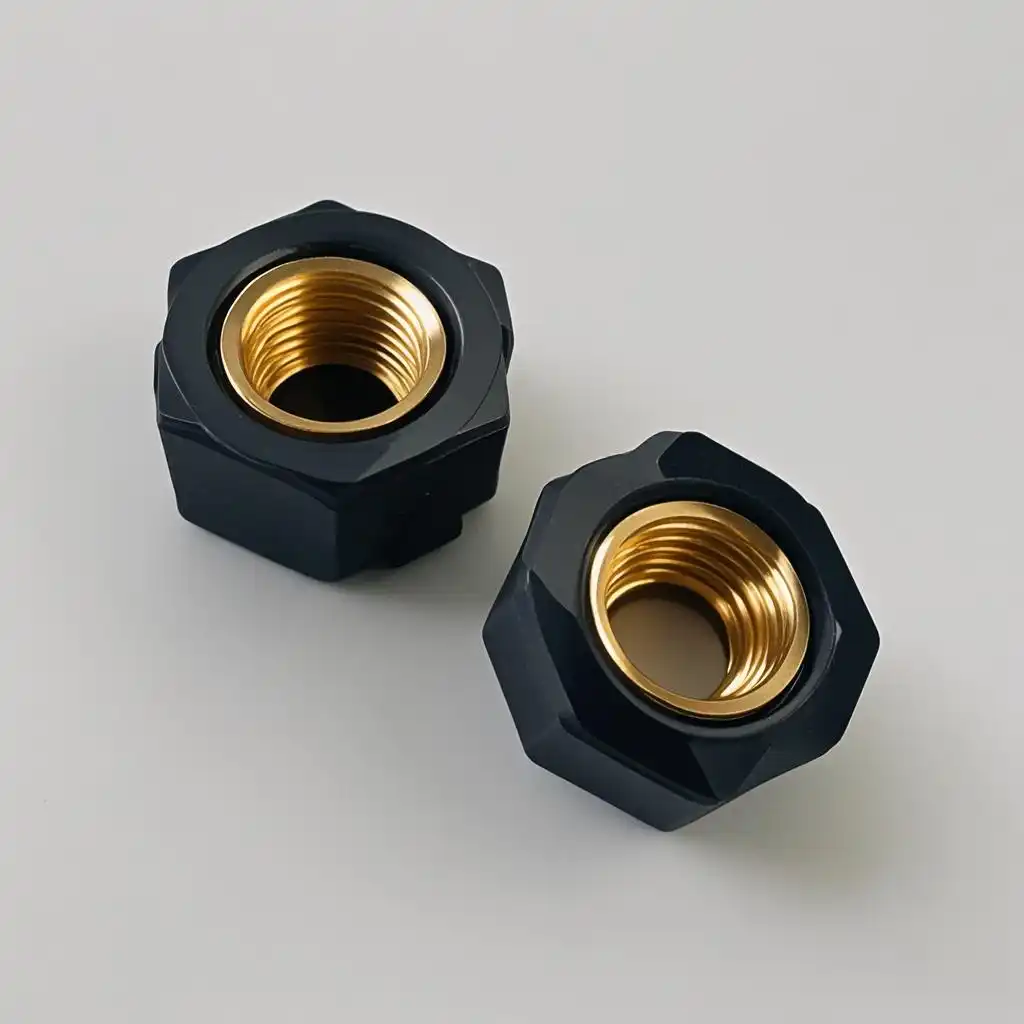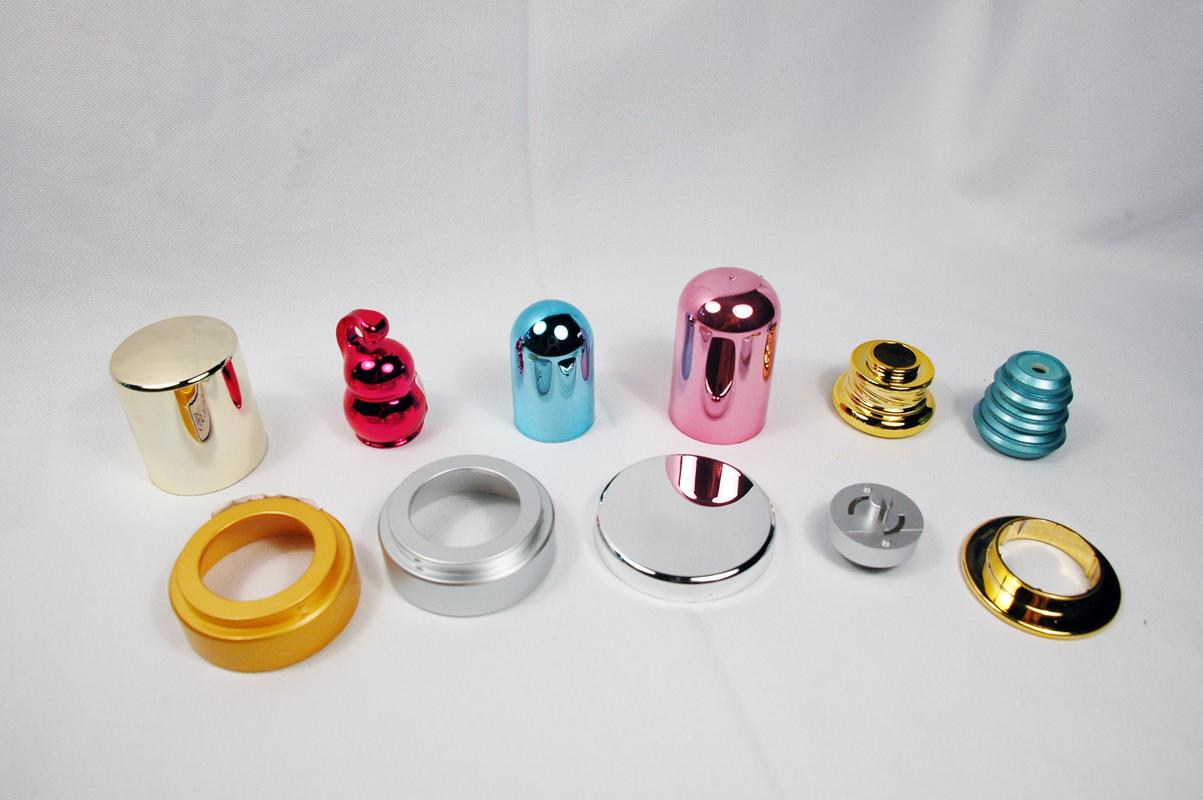
Anodizing creates a durable, corrosion-resistant surface for metal parts. However, the actual results achieved after anodizing vary significantly depending on the material used. How do you choose the most suitable material for anodizing your parts? CS Molding helps customers worldwide select the right metal for their anodized products. The following is a simple comparison to help you better understand the process:
I.Brief Introduction to the Principles of Anodizing
A dense oxide film is formed on the metal surface through electrolysis, achieving:
Enhanced wear resistance
Excellent corrosion protection
Color selection (especially for aluminum)
Electrical insulation
II.Comparison of Three Common Metals After Anodizing
① Aluminum: Best Color Rendering and Cost-Effectiveness
Reasons for Dominance:
Low cost and mature process (e.g., sulfuric acid anodizing)
Various colors: Easy to dye, resulting in vibrant and stable colors (red, blue, gold, black)
Hard, uniform coating: Ideal for high-wear applications
Common Applications: Electronic housings, automotive interiors, architectural components
CS Molding recommends: Aluminum alloy is the preferred choice for high cost-effectiveness, a colorful appearance, and a balance of overall performance. It is an ideal choice for consumer electronics.
② Titanium: The choice for high-end parts requiring high performance
Key Advantages:
Natural interference colors: By controlling oxide thickness, iridescent colors (gold, purple, blue) can be achieved without the need for dyes.
Biocompatibility: Safe for use in medical implants (bone screws, surgical instruments).
Extreme corrosion resistance: Perfect for marine/aerospace environments.
High strength-to-weight ratio.
CS Molding recommends: Choose titanium if you require extreme corrosion resistance, medical safety, or high-end aesthetics. Titanium is commonly used in implants, luxury watches, and aircraft components.
③ Magnesium: The lightweighting expert
Advantages and Limitations:
Lightest structural metal: Essential for weight-sensitive designs (drones, laptops).
Limited color options: Typically gray/green; difficult to dye into vibrant colors.
Low wear resistance: Often requires additional coating.
Focus: Primary focus: Primary corrosion protection + weight reduction.
CS Molding recommends: Choose magnesium for extreme lightweighting (e.g., camera bodies, automotive frames). However, consider color and wear resistance limitations.
III.Quick Comparison Chart
| Feature | Aluminum Anodizing | Titanium Anodizing | Magnesium Anodizing |
|---|---|---|---|
| Best For | Color variety, cost | Corrosion resistance, medical | Weight reduction |
| Colors | Vibrant, dye-friendly | Natural iridescent tones | Limited (grays/greens) |
| Durability | Excellent | High | Moderate* |
| Cost | Most affordable | High | Medium-High |
| Typical Uses | Electronics, automotive | Medical devices, luxury goods | Laptop cases, drones |
*Often needs secondary coatings
IV.Need help choosing? CS Molding makes the decision easy!
Three steps to select the best material based on your key needs:
Want bold colors? → Aluminum
Medical/marine applications? → Titanium
Seeking ultimate lightness? → Magnesium (anti-corrosion treated)
As your global manufacturing partner, we offer:
Material and process combination solutions: Accurately match product function, environment, and budget
Surface treatment integration: A one-stop solution for anodizing, electroplating, and spraying
Design, Function, and Measurement (DFM) design optimization: Minimize production risks through structural design, reduce costs, and improve efficiency
Full-process delivery: From rapid prototyping to mass production, help you get your product to market faster
Contact the CS Molding engineering team today to receive a free material selection analysis and sample trial for your project, or discuss your project ideas with us. We are committed to providing efficient and flexible production services.
